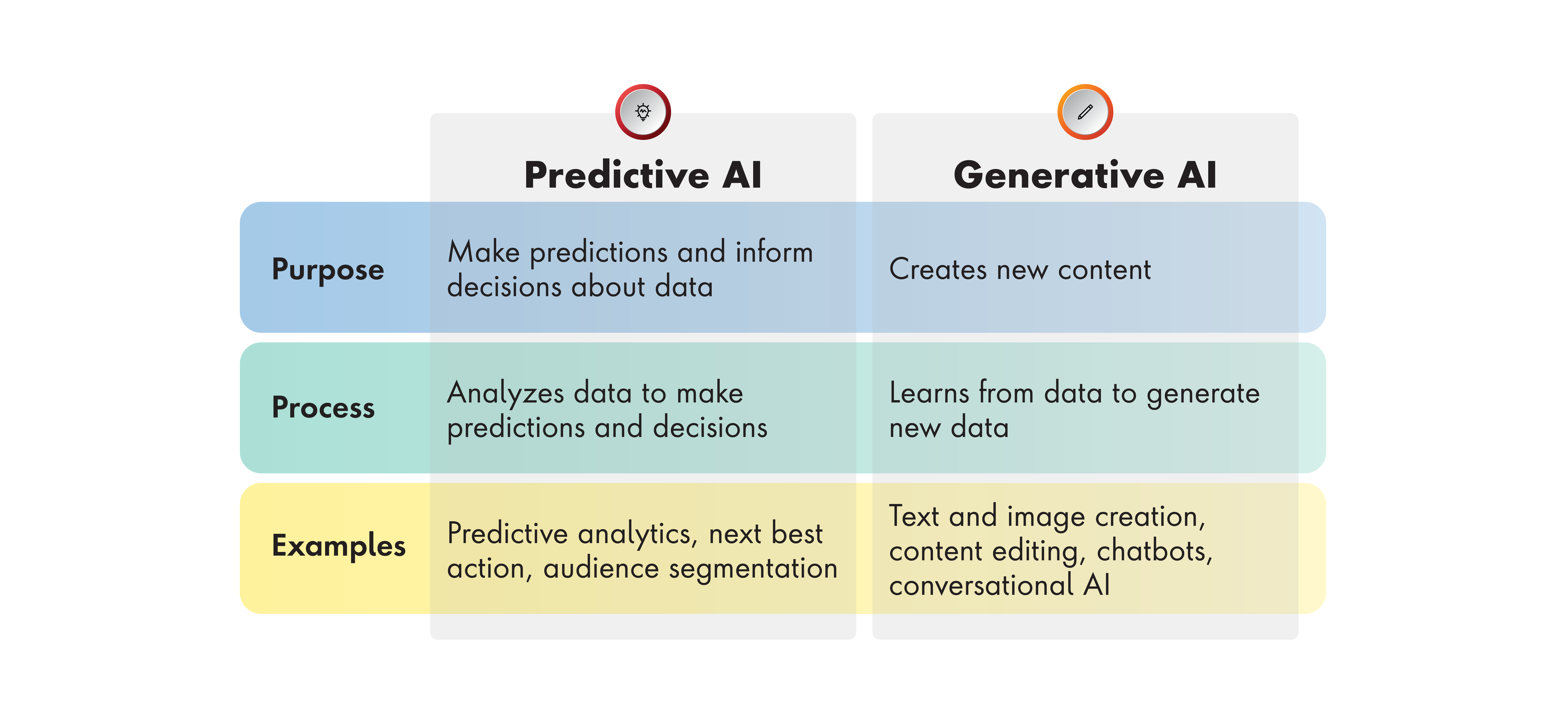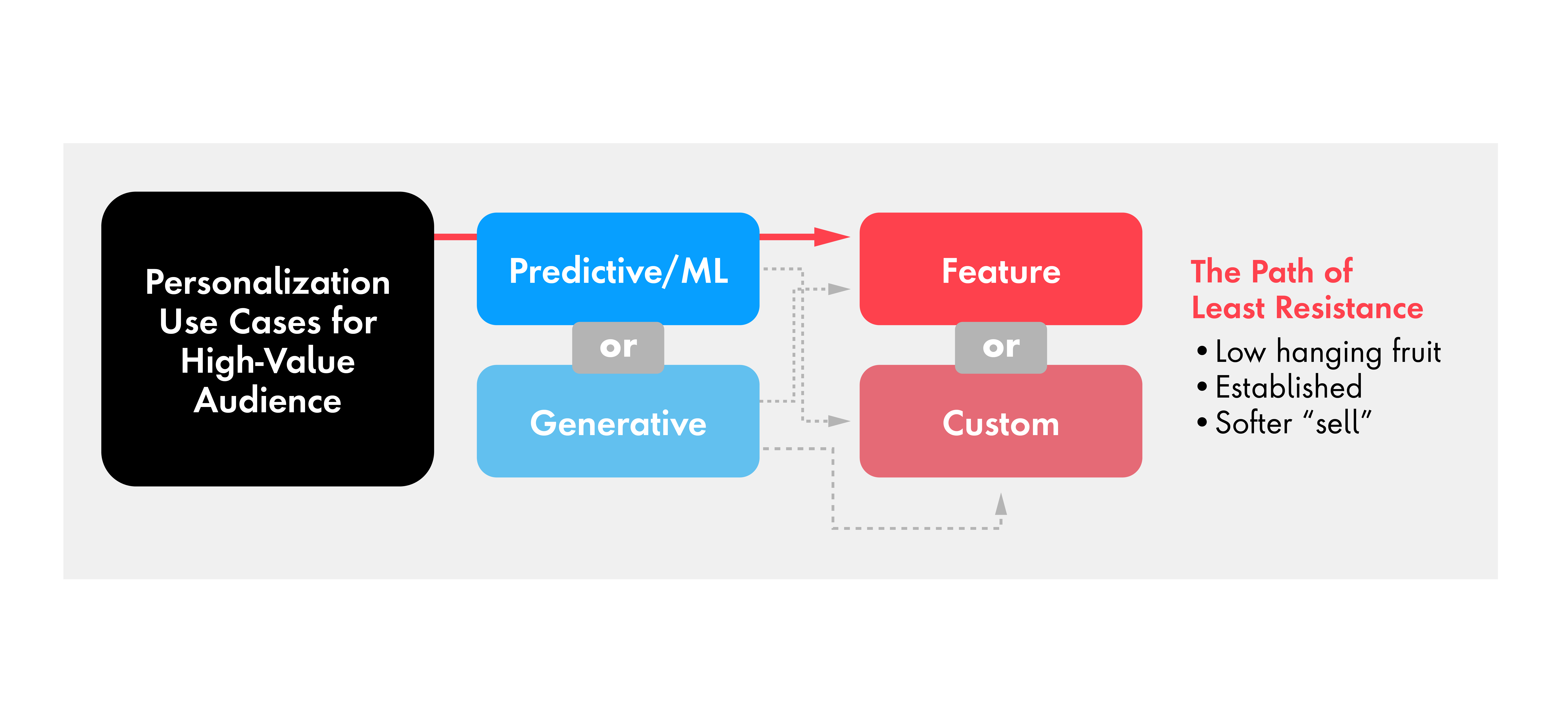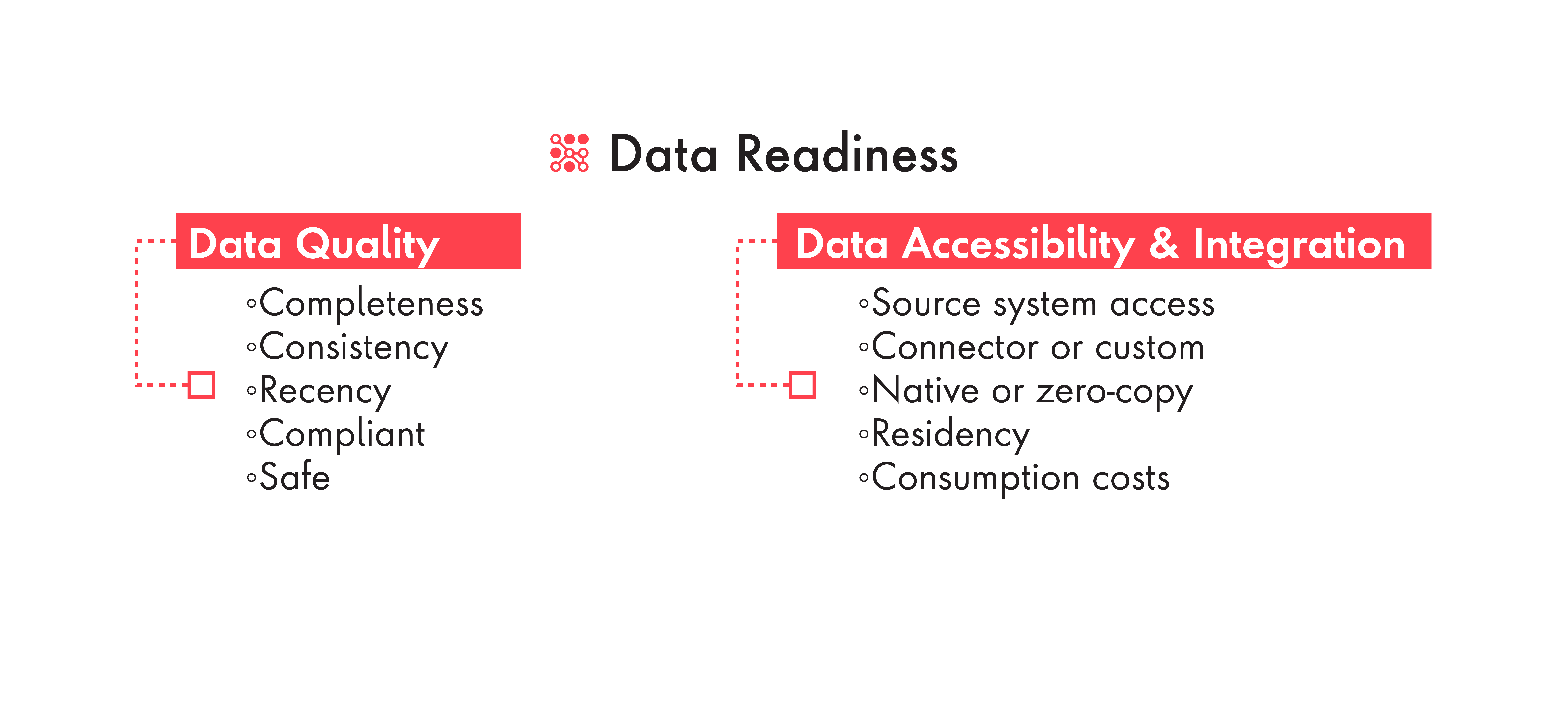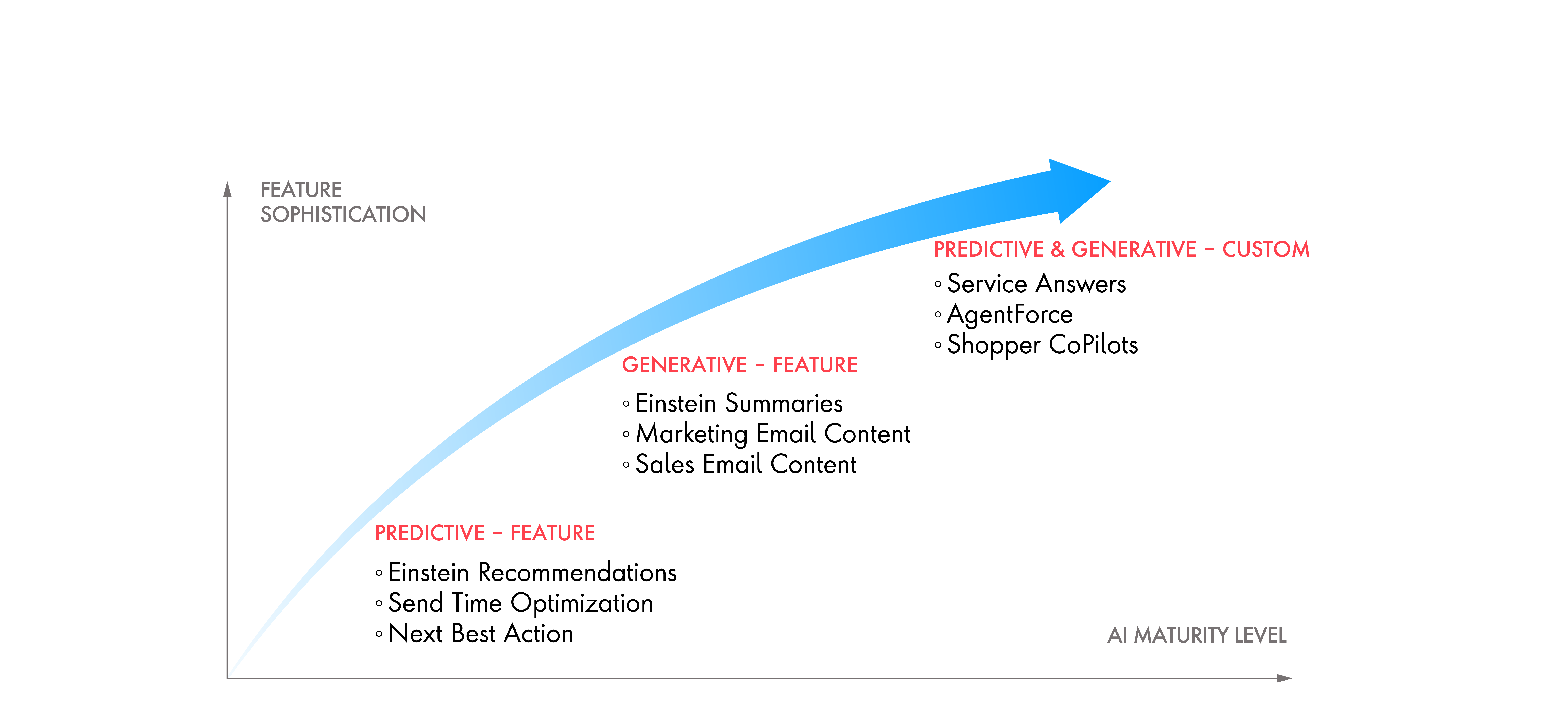Key factors influencing Gen AI accuracy when prompted:
- Prompt Specificity: More specific prompts typically yield more focused responses, while broader prompts allow for more “creative”, but potentially less precise, outputs.
- Data Volume: Too much information can lead to confusion—concise inputs are often more effective.
- Response Guidance: Specifying desired style, format, length and level of detail often improves responses.
- Understanding LLM Capabilities: Managing expectations and recognizing AI limitations ensures more accurate and useful results.
“Grounding" is crucial for enhancing AI response accuracy and relevance. It involves applying context to AI outputs, significantly improving their usefulness. Salesforce has made this approach central to its AI strategy, offering multiple types of grounding that can be combined within a single prompt set. This feature makes Salesforce's AI solutions particularly compelling, as Salesforce often has access to the best customer datasets in an organization.
Salesforce offers three types of grounding:
- Field grounding: Directly references fields from Salesforce and Data Cloud in the prompt (e.g., customer record).
- Flow grounding: Incorporates data and process constrained within the process flow and its related context (e.g., most recent product orders combined with a question from a customer such as "When should I expect my order to arrive?").
- Document-based grounding: Enables incorporating unstructured information as part of a response (e.g., from a knowledge base).
These grounding techniques can be combined to create sophisticated prompts, allowing for highly contextual and relevant AI responses. Such advanced prompts can be utilized by both internal users and external consumers, enhancing the overall effectiveness and versatility of Salesforce's AI solutions.












